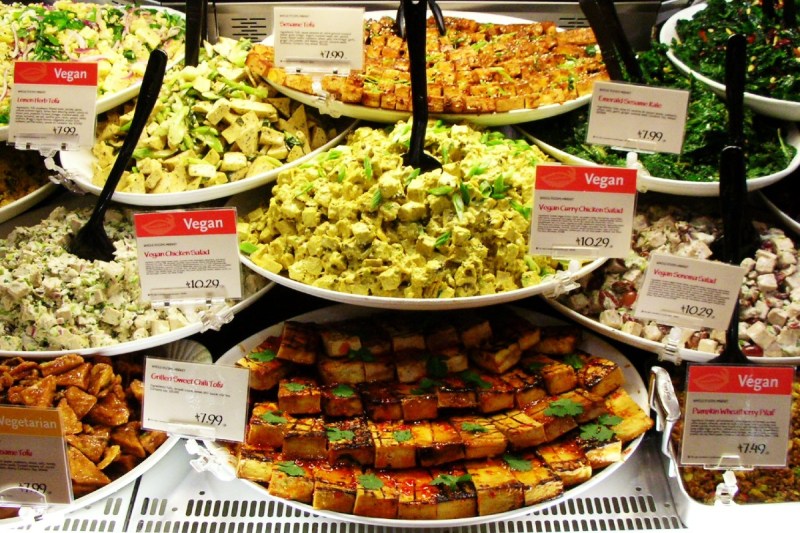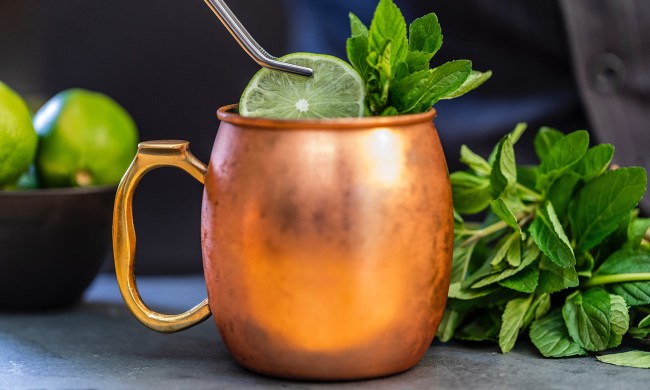In a 2009 study, the American Dietetic Association asserted that “appropriately planned vegetarian diets, including total vegetarian or vegan diets, are healthful, nutritionally adequate, and may provide health benefits in the prevention and treatment of certain diseases.”
In other words, a vegetarian diet is more healthy for the body in several ways without cutting out critical nutrients. Reducing heart disease risk, lowering the potential for deriving a chronic disease like diabetes, and decreasing the risk of obesity are all health-related upsides to a vegetarian diet. Combine this with the environmental consequences like cutting out industrially raised livestock full of antibiotics from the food system, eliminating feeding from and polluting on clear-cut land, lowering the release of methane into the atmosphere, and vegan and vegetarian diets end up as net positives for individuals and the ecosystems that provide them life. There’s one critical hangup, though: protein for vegans and vegetarians.

According to the National Library of Medicine, only nine amino acids are considered essential for the human body. While your body needs these nine building blocks, the remaining 11 amino acids can be produced internally. Although all essential and non-essential amino acids appear in plant and animal protein, most edible flora offer only a limited amount of at least one essential amino acid. Per Stanford genetics scientist Chana Davis, for instance, lysine levels in nuts, only hover at around 15% whereas grains and seeds typically offer about 100%. Thus, to get enough lysine, vegetarians need to diversify from eating an all-nut regimen. As long as you eat a variety of veggies, your body can get all the protein it needs.
How much protein is in each plant-based food then? Reddit’s Vegetarian community has a handy-dandy chart for all your plant-based protein needs. The problem is, this Darebee.com chart is at once incorrect and unrealistic. The lesson here: make sure that you do your research before accepting something as fact, even on Reddit. (Yes, I’m sorry to be the bearer of blunt news, but the internet isn’t always correct.) Let’s dig in, shall we?
Let’s begin at the top of the ‘Other’ column with one of the best, most nutritious meat substitutes on the market, seitan. According to the USDA, seitan contains a whopping 75 grams of protein per 100 grams of seitan. Double that to the 200 grams (seven ounces) measured on Darebee’s chart and you end up with almost 150 grams of protein. This measurement, however, is vastly different from the 21 grams cited on the Reddit table. Not only does the chart miss the mark for correct measurement of protein, its serving size is almost ludicrous.
EatThisMuch.com recommends eating about one-third of a cup of seitan per serving. This translates to 43 grams or more than four times less than is suggested by Darebee. Even the very first entry under “Beans & Legumes,” cooked white beans (aka Navy beans) describes just over 23 grams of protein in a 240-gram can. Extend out USDA 100-gram measurements, though, and you end up with under 15 grams of protein.
There’s no reason to continue the pedantry. There is also no use piling onto poor Darebee’s chart. A useful, accurate chart mapping out plant-based proteins, however, would be very helpful indeed. Measuring plant proteins by correct serving sizes would be even better. Including what essential aminos that each type of vegetable lacks would be the best.
Is anyone out there down for the challenge?



